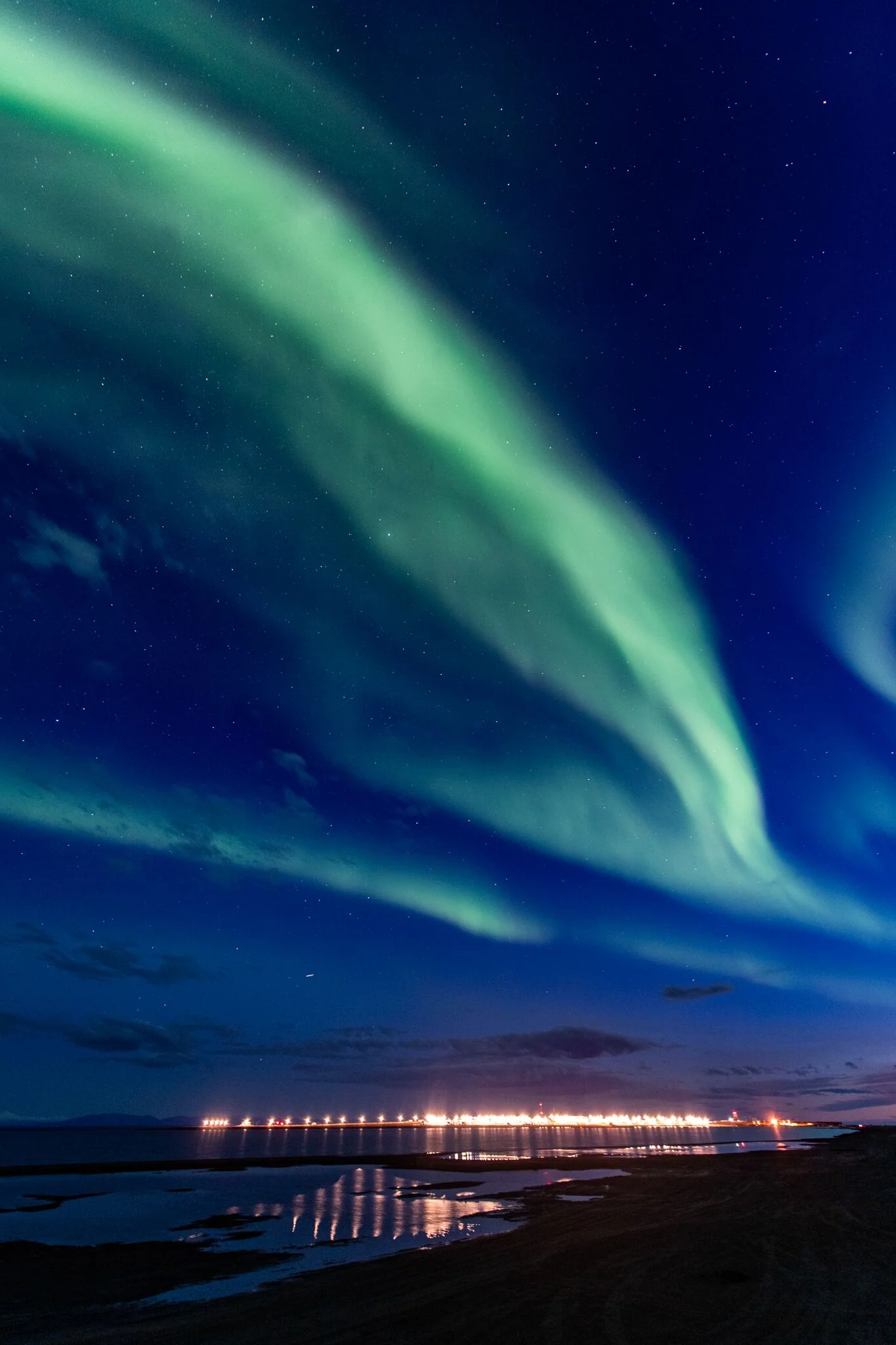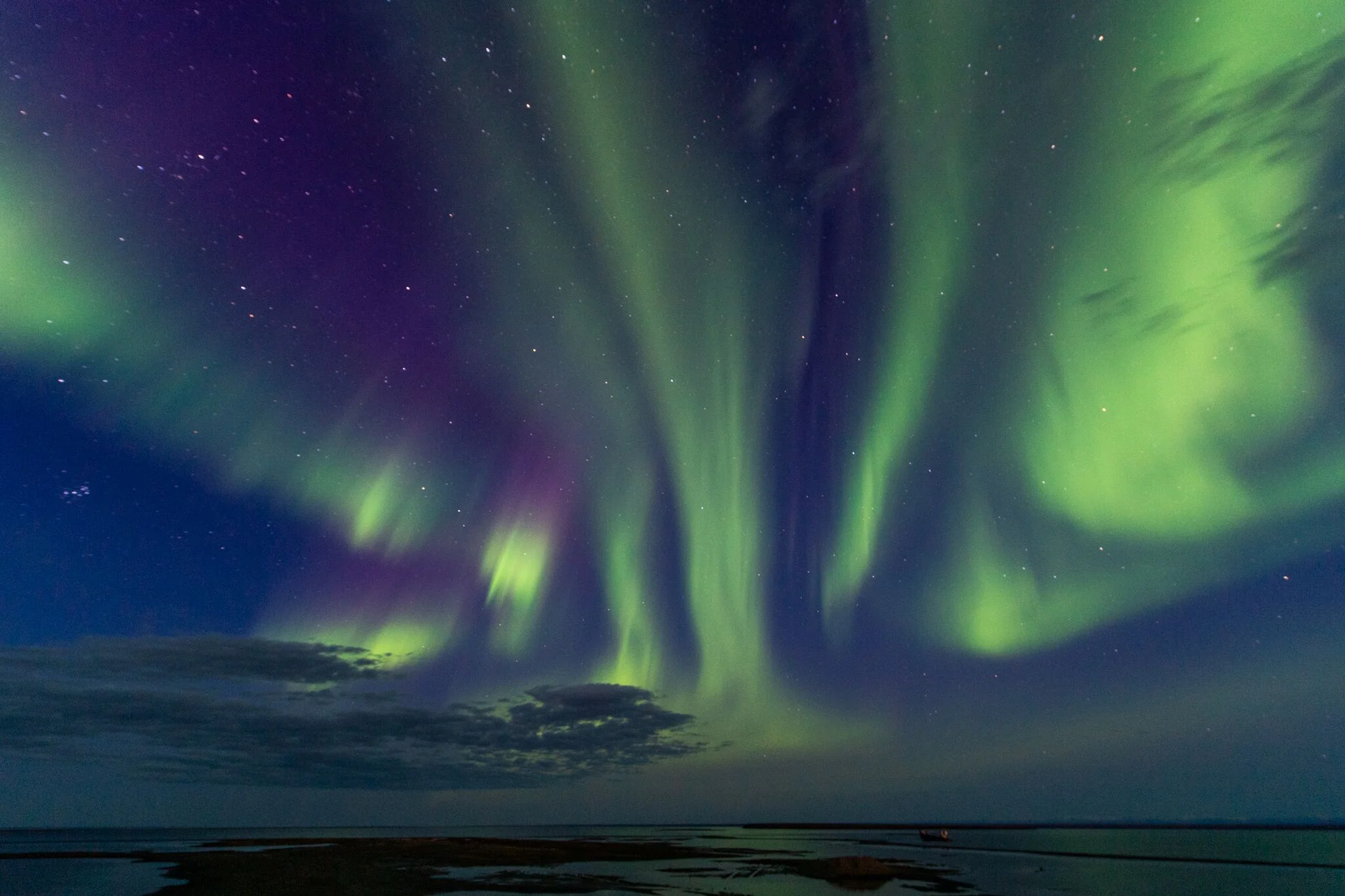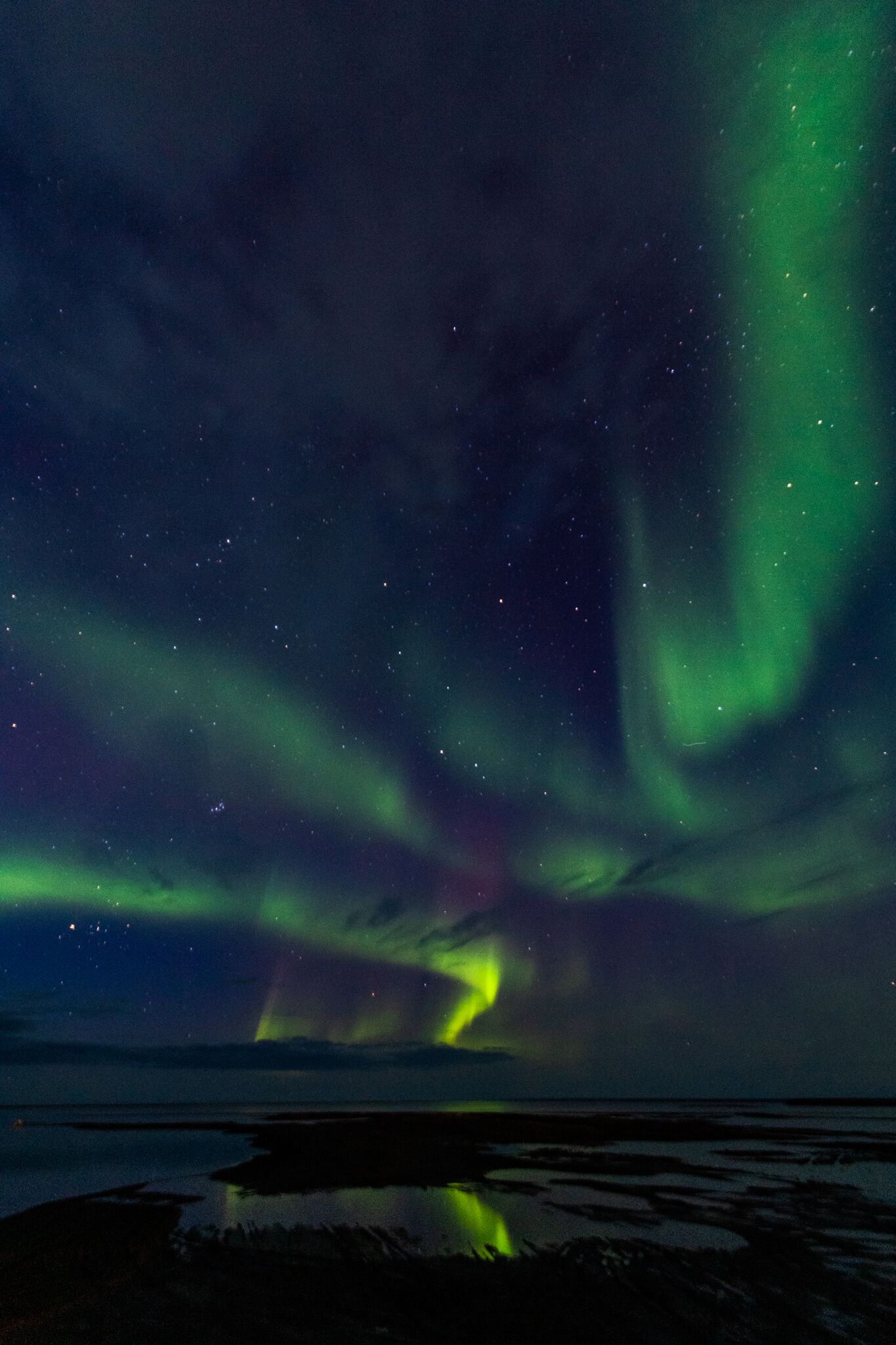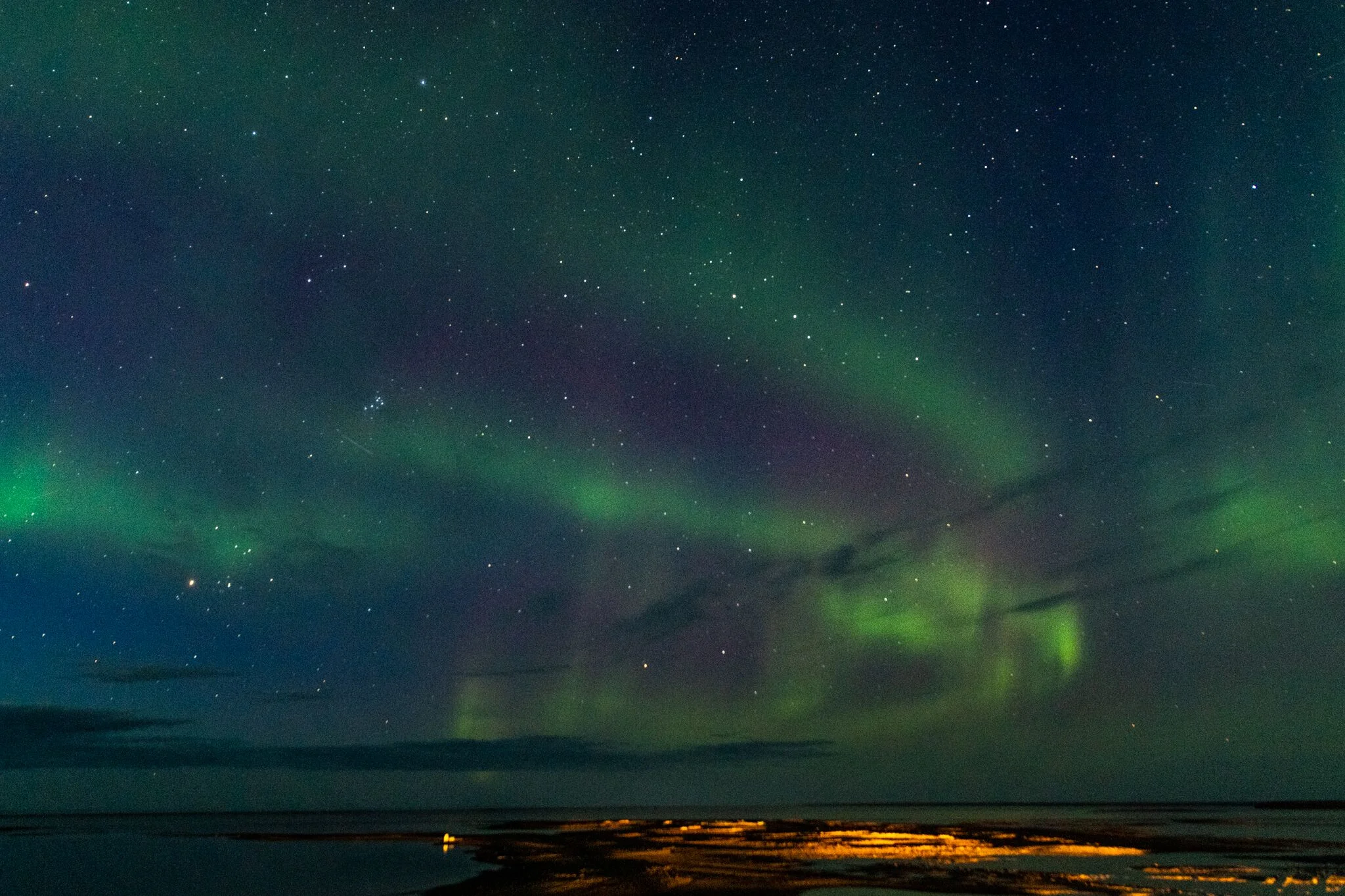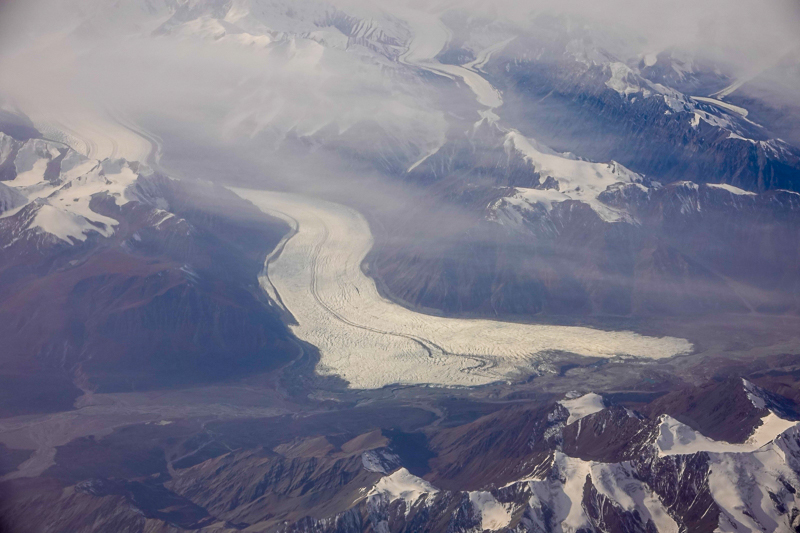More Kaktovik
We walked around Kaktovik each day that we were there. We were warned to watch out for polar bears which we tried to do. Barter Island is perhaps a mile square and the town much smaller than that. It took us about an hour and fifteen minutes to walk the whole town but we would stop along the way. I have to say that for being 120 miles past the end of the road, they really have quite a town.
The first photo is the Kaktovik Power Plant. It provides electricity for the town. They also have piped water service from a large natural lake and sewer service as well as trash pick-up service. The roads are all gravel but in good shape. All of this is payed for by the North Slope Borough (NSB) which is the oil money for this area.
I included the house in the second photo largely because of the piles of wood. We saw piles of wood all over town. Our guide said that most large installations in town were shipped by barge and that they were crated in extremely large wooden containers made up of huge pieces of lumber. The town has wood piles all over and people have built houses, barns, stores, and outbuildings from all the shipping wood, despite of course, not having any wood of their own growing locally.
The entire town of Kaktovik is now in its third location. Each move came with short notice and happened quite quickly, according to our local guide. The third photo was not atypical and it made me think that this house is ready to move on a moment’s notice. It’s really like a mobile home or rather a sled home.
We did see some relatively new houses in town, like you can see in the fourth photo. You can also notice that the houses are elevated. That’s not for flooding but rather to avoid heating up the permafrost and thereby sinking your house. The large structures, like utilities and the school are built upon many feet of gravel which apparently avoids this issue.
The last photo is the Community Center/City Hall building. That was probably the most happening place in town. It had a large room for gatherings, a big bingo setup, a store with native artistic creations, and of course, a city business office. Our host, Nora Jane, was the previous Mayor of Kaktovik.





















